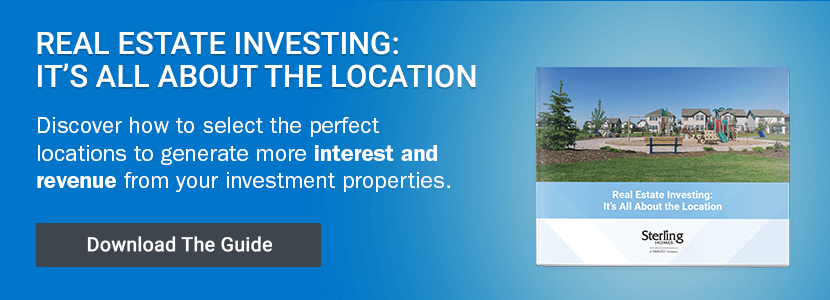How An Income Suite Can Help You Qualify for a Mortgage

Income, Expenses, and Mortgage Qualification
The bank decides how much money they’ll lend you by taking a look at your income and your expenses. They might look at the Gross Debt Service (GDS) ratio, which is calculated by adding up your housing-related costs (mortgage, interest, property taxes, and insurance) and figuring that as a percentage of your monthly income. Most banks want your GDS to be under 35 per cent.
They might also look at your Total Debt Service (TDS) ratio, which includes credit cards, student loans, and car loans in addition to the housing-related costs. These costs should be less than 42 per cent of your monthly income.
Adding an Income Suite Changes Your Ratios
If you have an income suite in your home, you get to add this income to the monthly income from your job. In the past, lenders would only count 50 per cent of the potential rental income when making calculations. Now, they allow you to use 100 per cent of the potential rental income to qualify for a mortgage.
For instance, if you earn $4,000 each month, you could potentially qualify for a mortgage requiring a total monthly payment of $1,400 (35 per cent of $4,000). With an extra $1,000 in rental income, you could qualify for a mortgage payment of $1,750 (35 per cent of $5,000).

Decrease Your Monthly Responsibility
What Does a Rental Suite Look Like?
It’s hard for some people to imagine renting part of their home out to someone else, and there are different scenarios that might work for different people. A single professional, for instance, might choose a townhome plan that has at least two bedrooms and two full bathrooms on the second floor, then find a roommate. They’d share the living space on the main floor, but each have their own bedrooms and bathrooms.
Some families might choose to finish the basement to include an in-law suite for an ageing parent. The parent pays some rent and lives in the basement suite. Basement designs work well for multi-generational families because the person in the basement suite usually has some access to the main home. You probably wouldn’t want a complete stranger living in your basement suite.
The Downsides of Renting
When you act as a landlord, you’re responsible for any repair costs your tenant incurs. In a brand-new home, you don’t have to worry much about things breaking down, but you could have to deal with repairs if the tenant isn’t responsible and causes damage.
About the Author:
At Sterling Homes, our mission is to provide the opportunity for affordable homeownership without compromise. Over the last 70 years, Sterling Edmonton has quickly become one of Edmonton’s most popular builders. We bring more than seven decades worth of exceptional customer service, superior design and unparalleled craftsmanship to the greater Edmonton area. As a member of the Qualico Group, Sterling Homes focuses on greater Edmonton’s finest family communities, while being able to offer some of the region’s most family friendly prices thanks to volume purchasing power for materials, trades and land. This has not only made Sterling one of Edmonton’s bestselling, move-up builders, but also one of the industry’s most respected home providers. It is through our uncompromising commitment to our customers that we proudly deliver the Sterling Advantage – that’s why each and every home we build includes a 10-year home warranty, a completion guarantee and new home warranty excellence rating. Our Advantage is our pledge that, when you build your dream home with Sterling, we will deliver a timely, well-built home you’re sure to enjoy for years to come.
Learn more about:
Sterling Homes - Home Builder in Edmonton
Start The Home Buying Process Now












